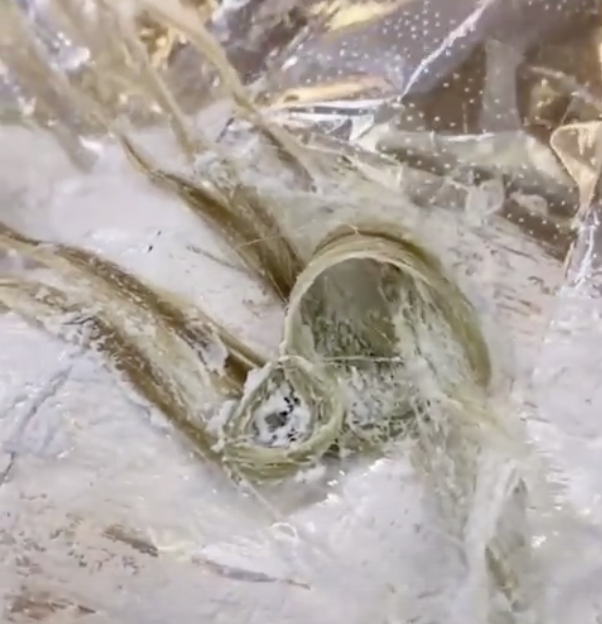HARD WATER COLOR CORRECTION: 4 TIPS FOR EVEN RESULTS
What is hard water and why is it harmful?
Hard water is water that contains an elevated concentration of minerals, in particular calcium and magnesium. It can be found in any water stream in any area but is frequently present in cities and well water sources.
“The biggest challenge is that hard water eventually produces a film on the hair, making it difficult for moisture and hydration to penetrate the cuticle. This ends up leaving hair in a vulnerable state which makes coloring it that much more challenging,” explains Farhana.
What are the telltale signs of hard water in the hair?
Often you can tell right away if a client’s hair has been treated with hard water. It can often present itself as a client who has been in the pool all summer or is a swimmer. Generally, the hair has a filmy build-up, is dull and limp, and often has a crunchy feeling towards the ends.

In addition, clients with color-treated hair will feel that their color fades quickly, leading them to more frequent color services and further chemical damage. Hair treated with hard water often requires multiple shampoos before it lathers. All of these issues can be discovered with a thorough and proper consultation.
“I suspect hard water. Now what?”
1. Consult.
Finding out your client’s hair history is imperative when performing color services. If you suspect hard or well water use, it is important to ask your client about it. If it has been years of use, it is super important to inform your clients of the effects of this kind of long-term use as well as how it may affect their color service. See Farhana’s advice below.

2. Perform a test strand.

3. Clarify and pre-treat.
Before beginning the color service, it is important to detoxify the hair of any mineral build up, daily grit, excess sebum, and environmental pollution. Cleansing the canvas first will allow any color or chemical service to actually penetrate the hair and will avoid any dangerous interactions or reactions.
“In the salon, prior to a color service, I recommend the Malibu C Crystal Gel Treatment or the Malibu C Hard Water Wellness Hair Remedy treatment. This will help with brassiness and discoloration. It will also help eliminate surface minerals and purify the hair,” recommends Farhana. For this particular transformation, Farhana used Redken Clean Maniac. She recommends using this pre-service treatment for 5-10 minutes open air or under a cap and heat for a more intense clarification.

4. Rebalance your color.

Final toner formulation:
Root melt: Redken Shades EQ 4NB + Processing Solution
Gloss: 30ml Redken Shades EQ 09AA + splash of Shades EQ 9NW+ 30 ml Shades EQ Crystal Clear + 65 ml Processing Solution

What products do you recommend your clients to use at home?









